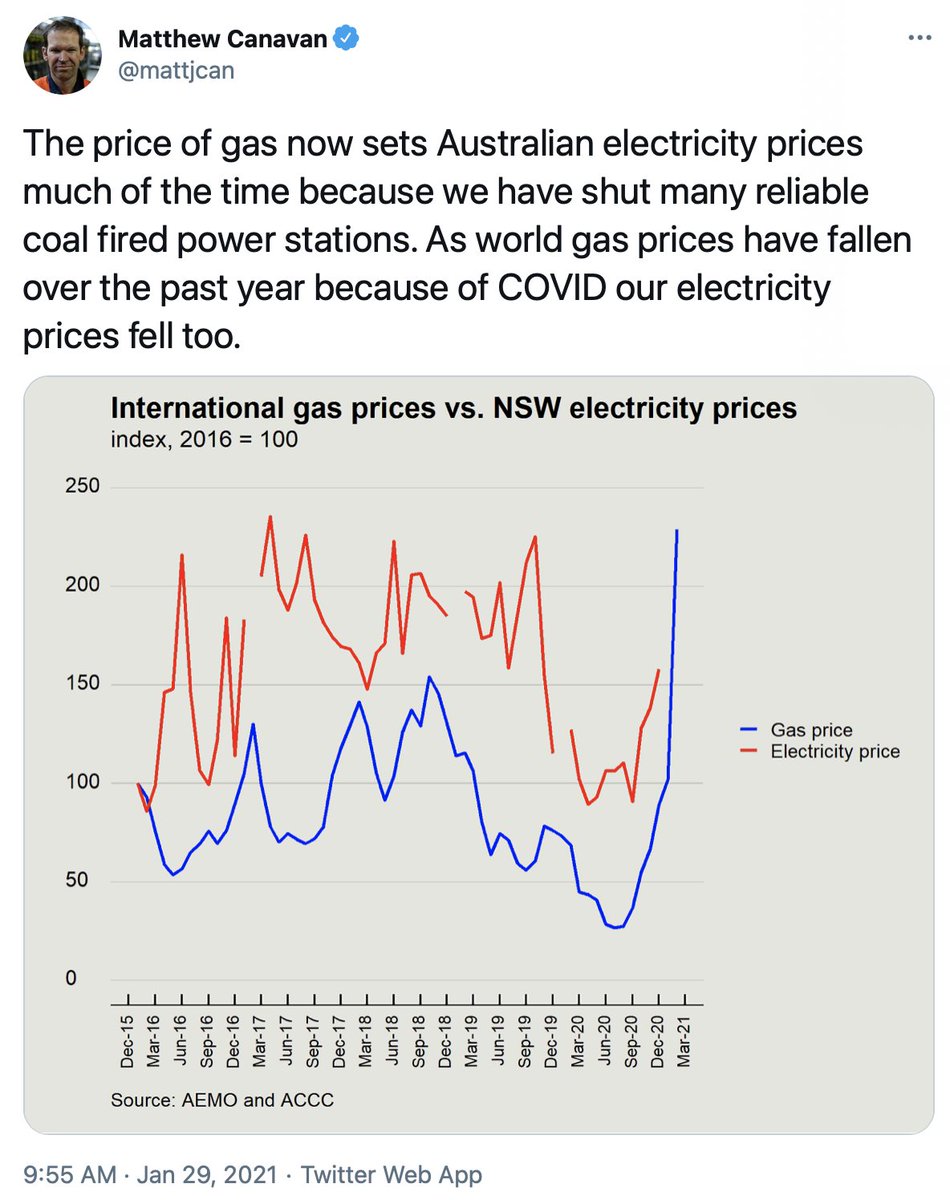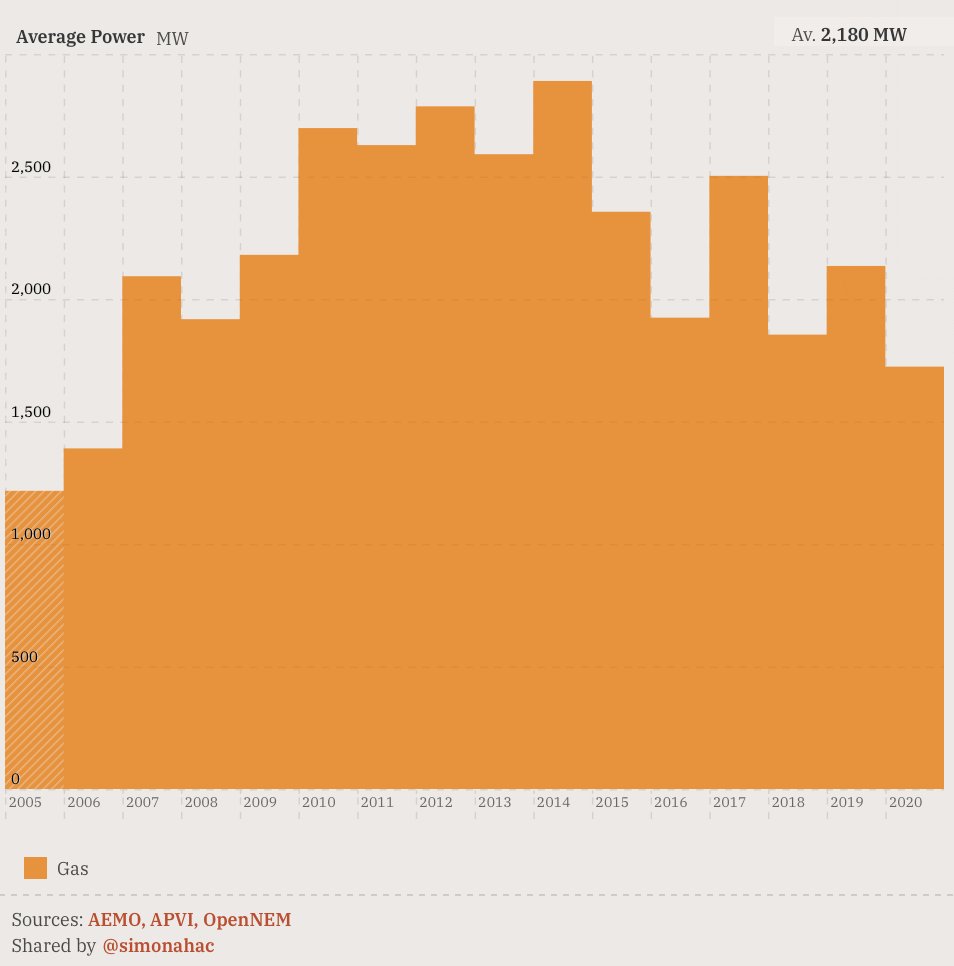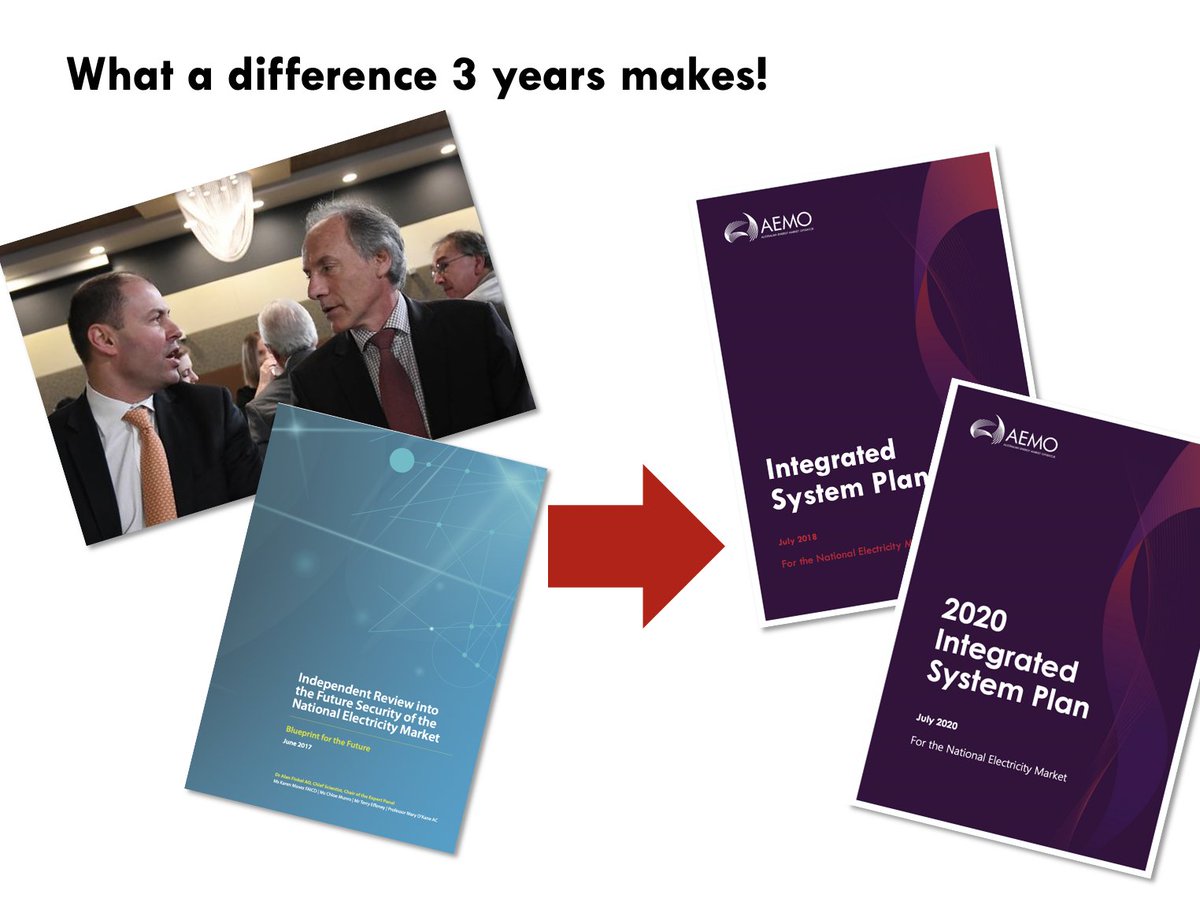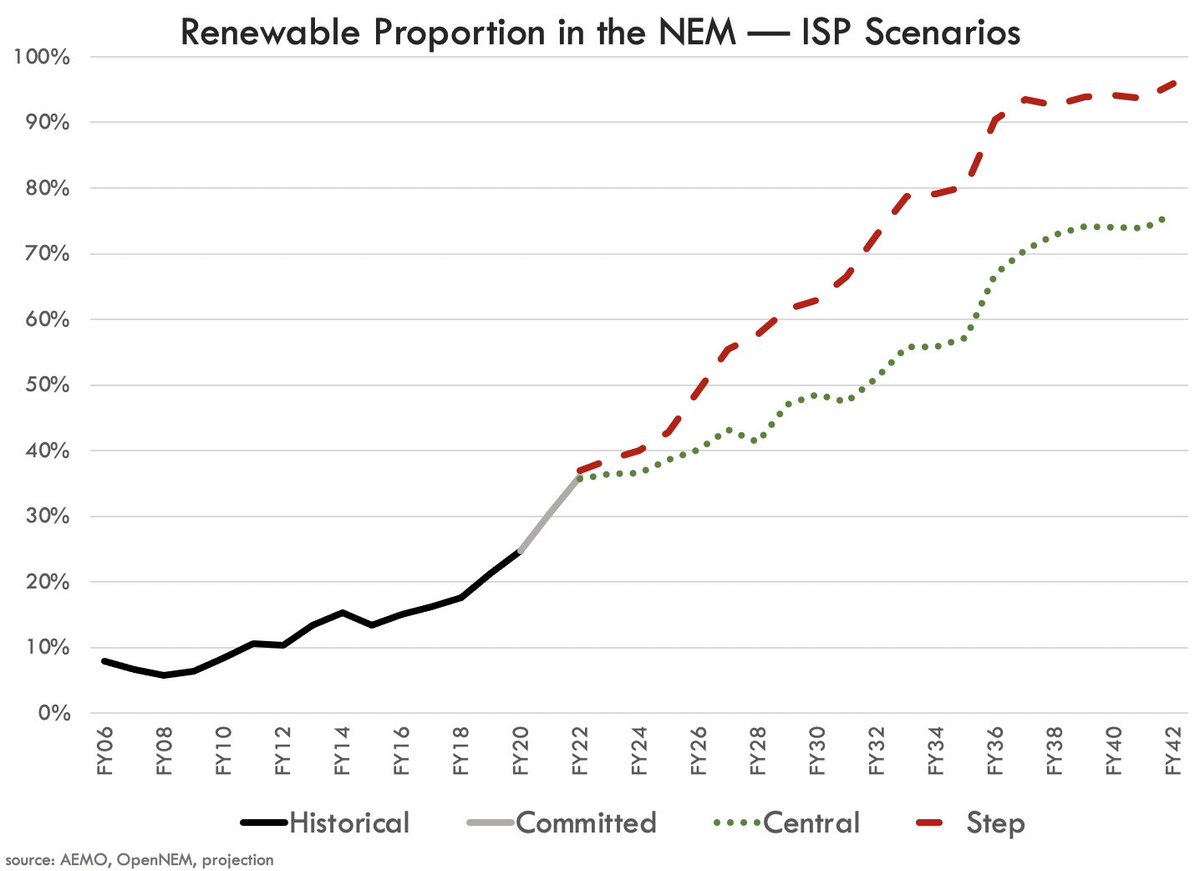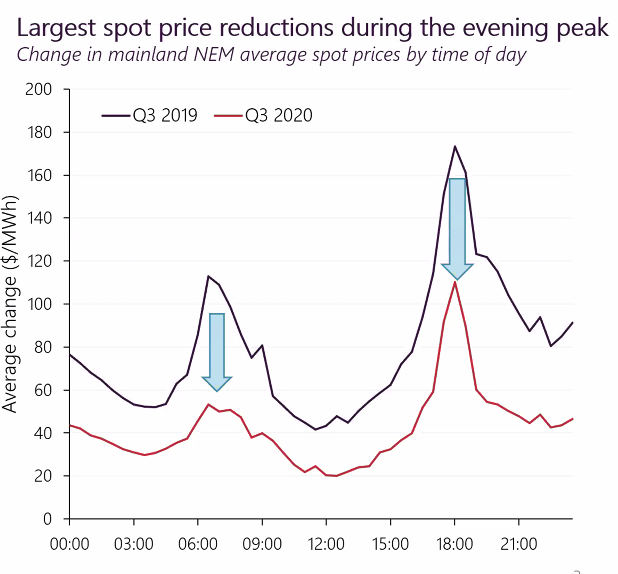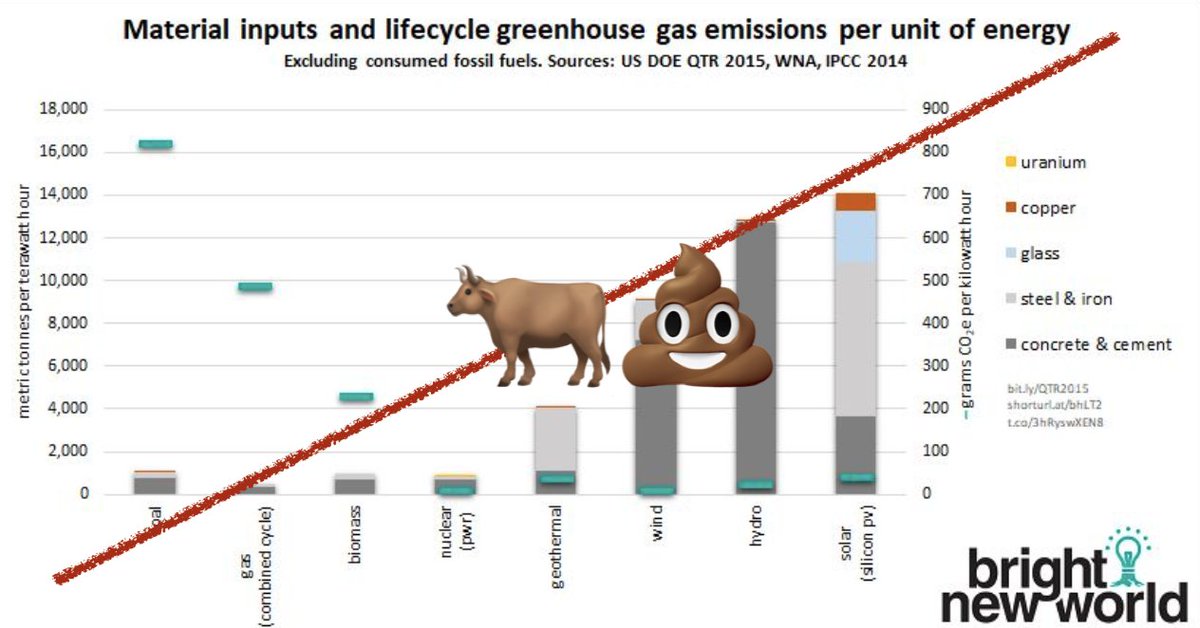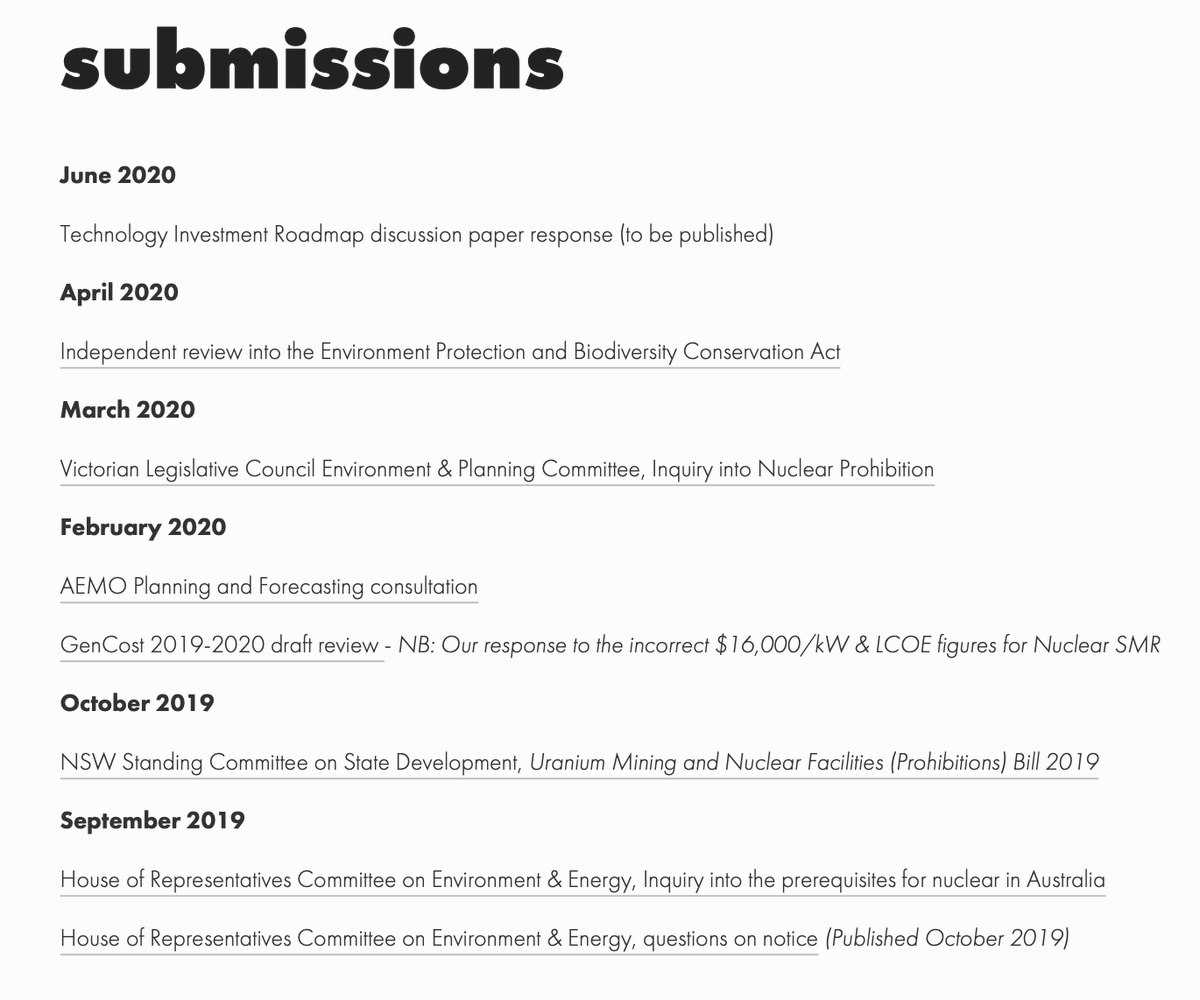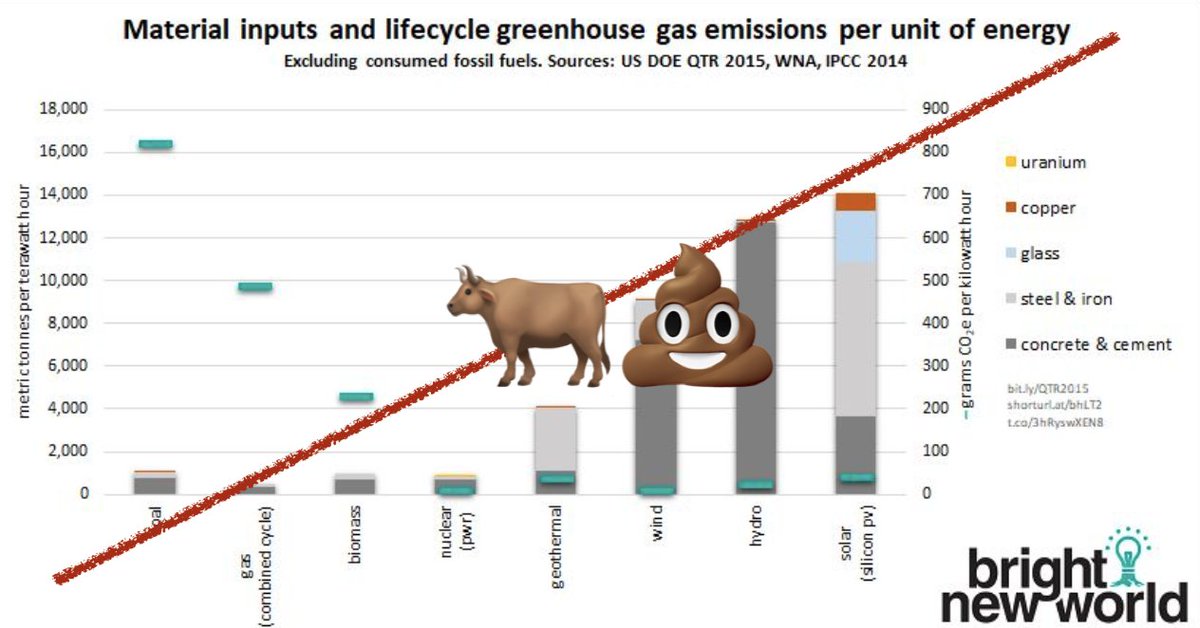
#nuclear twitter: super niche question, but i'm trying to find out the mass of fuel in a CE 16x16 assembly (such as used by palo verde).
this ancient doc claims the assembly weighs 650kg, but of course, only part is fuel.
osti.gov/servlets/purl/…
this ancient doc claims the assembly weighs 650kg, but of course, only part is fuel.
osti.gov/servlets/purl/…
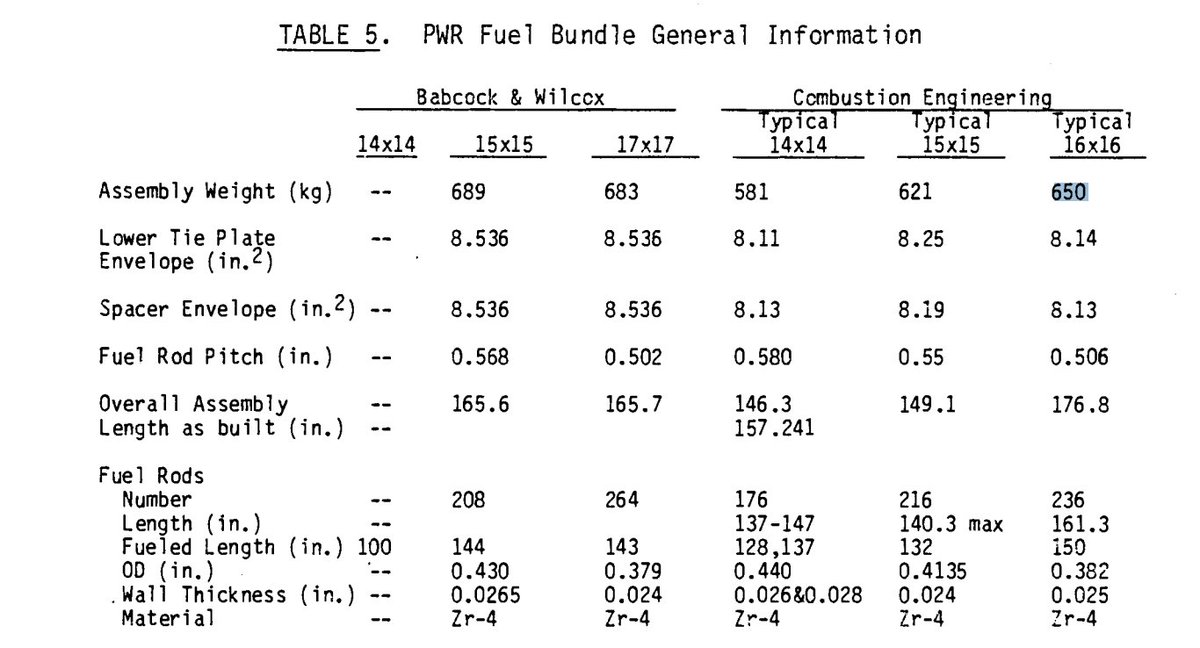
that estimate looks pretty good… though it ignores the pellet's dimples and chamfers, and the gap between pellet and cladding.
anyone have actual data? 🙏
@energybants @whatisnuclear @6point626 @Gen_Atomic

anyone have actual data? 🙏
@energybants @whatisnuclear @6point626 @Gen_Atomic


• • •
Missing some Tweet in this thread? You can try to
force a refresh



